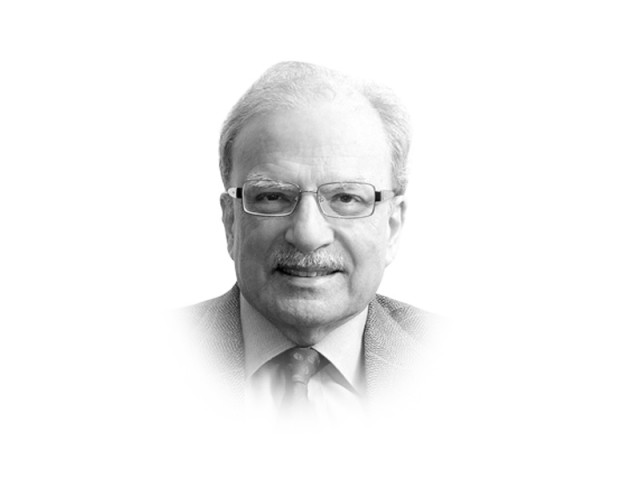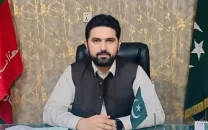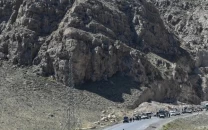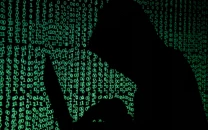Pakistanis in North America
The third-largest Pakistani diaspora in North America is most likely to have deepest impact on its original homeland.

The writer is a former caretaker finance minister and served as vice-president at the World Bank
What distinguishes the North American Pakistani diaspora from the ones in Britain and the Middle East is its composition, its relative wealth, its better integration with the host population and its ability to provide managerial expertise in a number of areas in which Pakistan lacks the needed skills. Given the importance of this community for Pakistan’s future, it will take more than one article to tell its full story. This will be the first of what will be a series of at least three. I will begin with an analysis of how the diaspora was formed and with a description of how its composition is changing.
The Pakistani North American diaspora is the youngest of the three large communities in various parts of the world. It began to be formed in the late 1980s when the United States relaxed its immigration laws and encouraged the immigration of people with specific skills. Of the skill shortages the United States was experiencing at the time, the most severe was for physicians, particularly those who were prepared to serve in rural areas. This brought in a large number of doctors from South Asia. The South Asians were preferred since they had the language skills enabling them to take up their assignments quickly.
As the first wave of migrants was made up mostly of professionals, Pakistanis in North America are economically and socially very different from those who reside in Britain and the Middle East. Unlike those two communities where per capita incomes are lower than the average for the host population, the diaspora in North America has a much larger per capita and per household incomes. Some estimates put these above the national average by 15 to 20 per cent.
What is the size of the North American Pakistani diaspora? This question has been asked and debated by analysts and scholars for several years. In my own work on the subject, I had suggested that about a million people of Pakistani origin live in the United States and Canada; perhaps, 850,000 in the former and 150,000 in the latter. The 2010 census in the United States could have clarified the issue pertaining to these numbers but didn’t do so as it asked the question of origin in a confusing way. For instance, the immigration officials in the United States identify the country of origin of the nation’s ‘naturalised citizens’ from the place of their birth. In my American passport, my country of origin identified implicitly is India since I was born in Simla. The census suggests that when the count was made, there were 363,699 people in the country of Pakistani origin. This was perhaps, the number of people who had moved from Pakistan to the United States and not those who were born in America of Pakistani parents. The census estimate also excluded the children born of mixed marriages. As the diaspora matures, more and more people of Pakistani origin are marrying outside their communities.
Some serious analysts have suggested numbers that are closer to my estimate. Adil Najam, for instance, in his pioneering work on philanthropy by overseas Pakistanis, suggests that the size of the Pakistan diaspora is at 500,000. The Pakistani embassy in Washington put the number at 700,000. These estimates were made several years ago. Even though after the 2001 terrorist attacks on the United States, obstacles have been put in the way of Pakistanis wishing to enter the country, the size of the community must be growing at the rate of 1.5 per cent a year. That is a combination of the natural increase in the population of Pakistani origin, along with a slight increase in the number of people who are still able to come to the United States. There are also illegals that don’t get counted in official surveys. I am, therefore, inclined to stay with my estimate of 850,000 of the size of the Pakistani diaspora in the United States and one million for all of North America. I will take up next week the subject of the economic weight of this community and its interaction with Pakistan.
Published in The Express Tribune, March 11th, 2013.

1727268465-0/Untitled-design-(42)1727268465-0-208x130.webp)













COMMENTS
Comments are moderated and generally will be posted if they are on-topic and not abusive.
For more information, please see our Comments FAQ